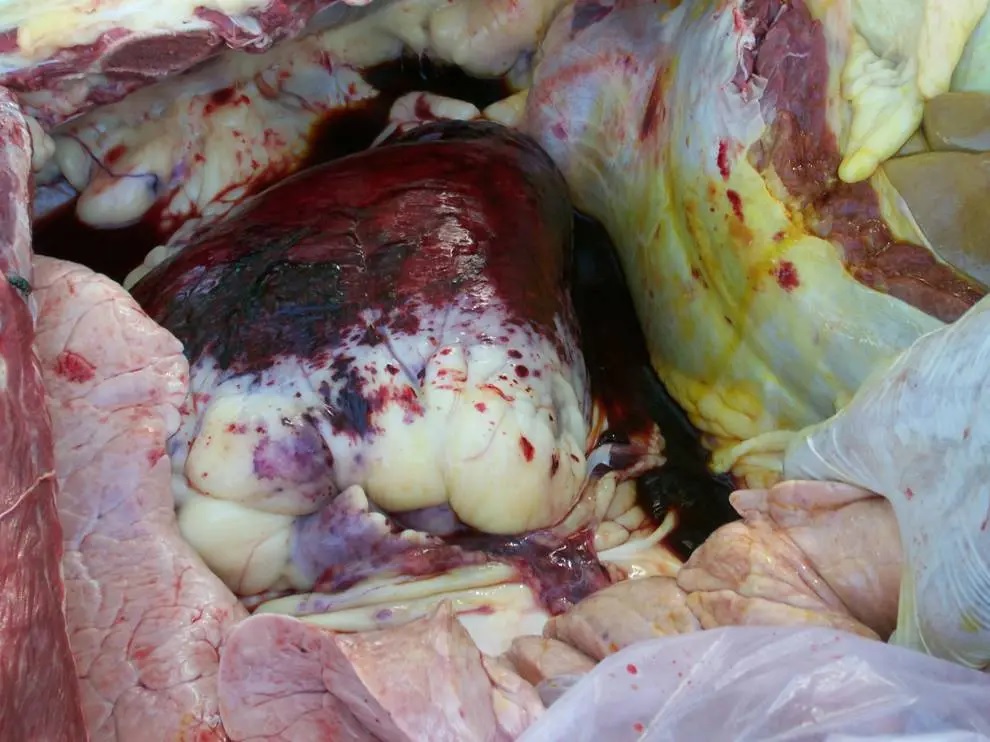Systemic granulomatous disease in dairy cattle from Argentina
DOI:
https://doi.org/10.24070/bjvp.1983-0246.v12i1p19-23Keywords:
systemic granulomatous disease, vetch-like, dairy cattleAbstract
An outbreak of systemic granulomatous disease of unknown etiology was diagnosed in a dairy herd from Argentina. Eleven out of 211 cows manifested hyperthermia, depression, alopecia, pruritus, decreased milk production and death in most cases. During necropsy, multifocal petechial hemorrhages in glottis and vulva, white multifocal nodules in the liver and splenomegaly with subcapsular petechial hemorrhages were observed. Both kidneys were diffuse pale and enlarged. Systemic granulomatous hepatitis, myocarditis, pancreatitis and nephritis were observed. Water and food samples tested negative for Arsenic and T2 toxin, respectively. Fusarium equiseti was isolated from alfalfa hay samples. Vicia spp. was not consumed by the affected herd and no other cause of vetch-like disease was registered. Other causes of granulomatous lesions (Mycobacterium spp. and fungal infections) were discarded. The systemic granulomatous disease was suggestive of a type IV hypersensitivity reaction. Although the sensitizing agent was not determined, two components of the ration were suspected: cotton seed and bone ash. Both of them were introduced one month prior to the detection of the first affected cow and the disease resolved since they were removed from the diet.


